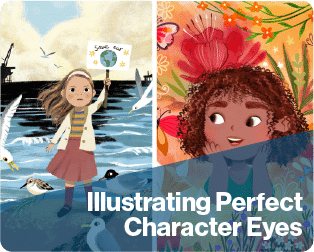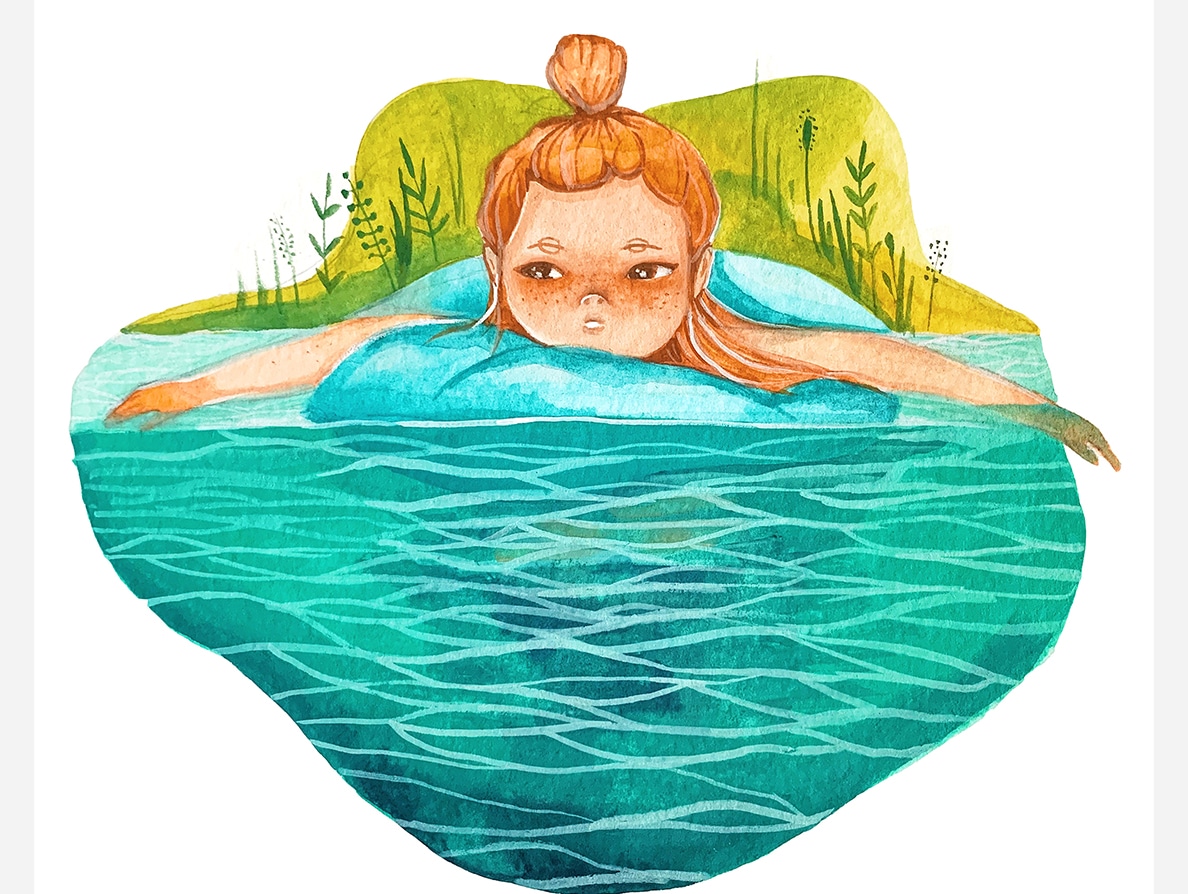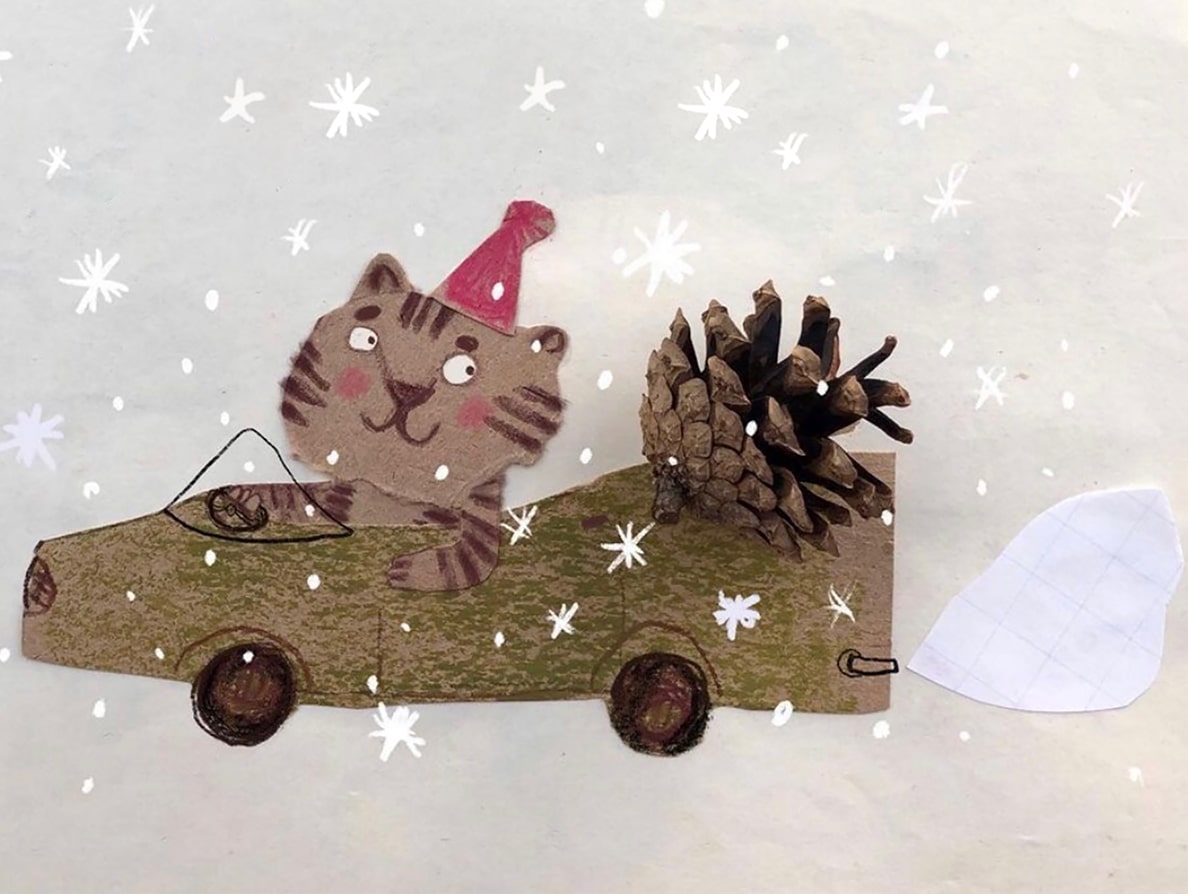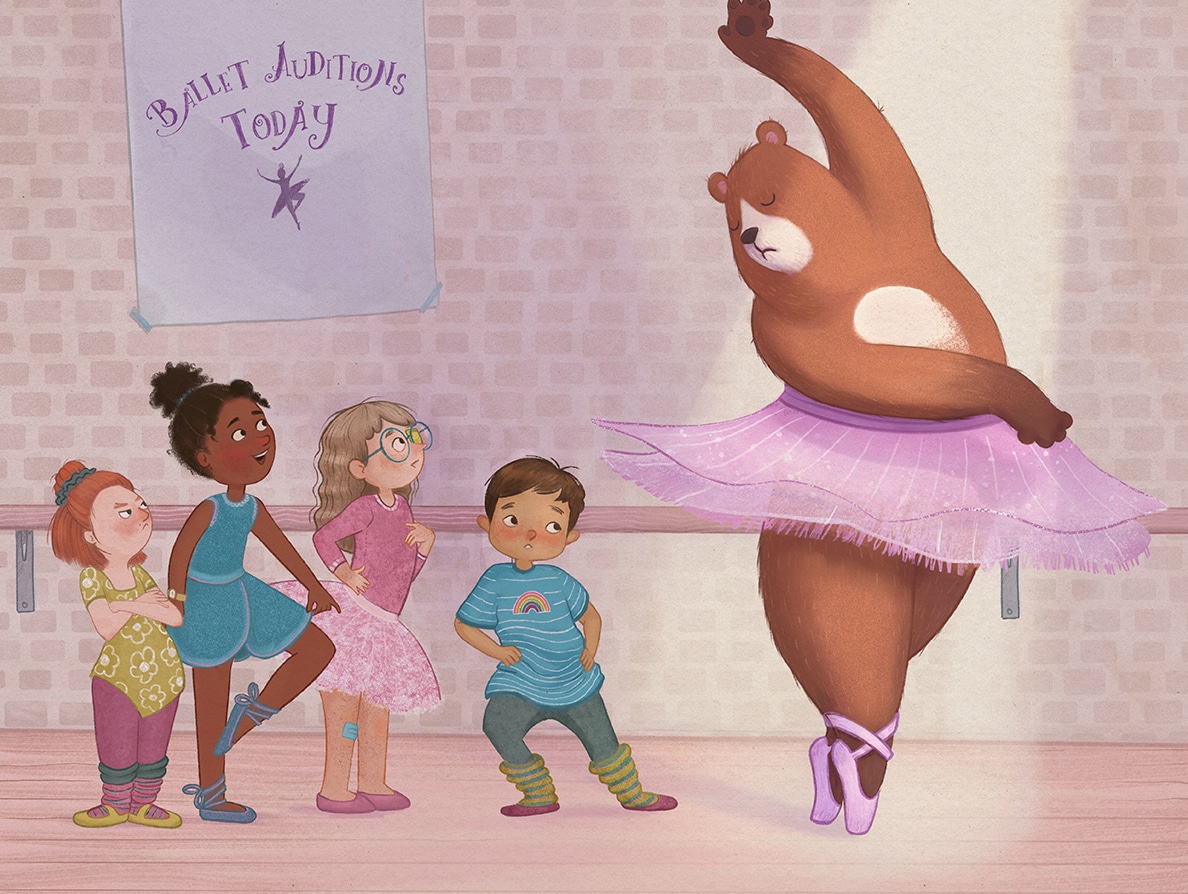Illustrating Perfect Character Eyes
Published on 06/05/2024Illustrations from Illo Agency illustrator June Digan (left), Lera House (center), and Astound US Inc. illustrator Sheri Palmer (right).
Illustrating Perfect Character Eyes
Teacher: Kate Johnson & the ITSme Society
Here are some useful tips on the best way to approach illustrating characters’ eyes for book publishers:
We are not sure William Blake meant it in this context, but he once said, “The eye altering, alters all” and never was a truer word spoken when it comes to perfecting your characters. It’s one of the first features a reader is drawn to, whether it be human, animal or grotesque beast, so in turn, it is vital that you draw them right.
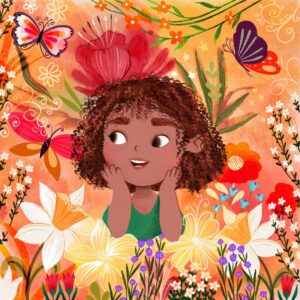
We wanted to write a blog post on this matter as the eyes are so often an afterthought; two quick dots added at the end (all illustrators have done it!), but by paying more attention to the eyes, you open the window to the soul. Allowing your character to display an endless array of emotions and expressions, which is key to bringing them to life. When the agents at the ITSme Society receive a submission, an artist’s handling of their characters’ eyes speaks volumes about their ability and craftsmanship. We know what you’re thinking, ‘Really? Something so small?!’
When reading fiction, eyes are often described to symbolize a great deal about a character. It may be an overused metaphor, but rather than saying ‘The girl was excited,’ an author may instead describe the girl’s eyes as ‘lighting up.’ This notion of showing and not telling can transfer to image making too! Eyes come in an assortment of colors and shapes – a beast’s eyes could even change color as they glare out of the page at the reader. Eyes can glint when we beam with excitement, or turn upwards and dilate when frustrated. They can dart in any direction. Or they can be decorated. The glasses a character wears could symbolize so much about their personality and situation. Have their parents bought their book-loving son a pair that comically magnifies his eyes? Or have a pair of woodland animals who love to sing decorated their faces with star-shaped, tinted shades? There is a lot to consider!
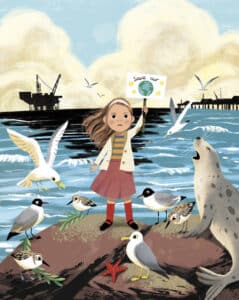
The ITSme Society agencies noticed past trends of the UK liking dots for eyes, and the USA preferring whites to the eyes. However, even that is changing. There are always exceptions to this rule, but a well-formed eye on a character can be something that makes or breaks your publishing portfolio. Certainly, adding a brow and a little expression in the mouth helps convey the emotion. But often by considering simple variations to the eyes of your beautiful character, you can transform them to a whole new level, help tell their story and define their personality. Adding whites and pupils truly adds the ability to open up your character and depict a depth of emotion and expression impossible with simple dots – no matter how much you play them up. As Marcus Tullius Cicero said, “The face is a picture of the mind, with eyes as its interpreter.” So, play around with eyes in your character sketches, and you’ll learn more about them than you thought possible. Make sure to have fun with your experiments and you’ll soon find your pages thriving with personality!
For more free tips for how to improve your illustration portfolio, subscribe to our ITSme Learning Newsletter!
Other News
How to illustrate kids’ puzzles: from simple to complex!
How to illustrate kids’ puzzles: from simple to complex! Teacher: Bhavi Patel, Advocate Art Agent/ ITSme Learning Almost every theme and subject matter can be adapted to both kid and adult age groups; the key element that differentiates the two is the level of difficulty. This is determined by how much detail is in the...
New Signed Artist: Carolina Coroa
Carolina was born in Belém, north of Brazil, a city well-known for its exuberating nature and strong native culture. She graduated two times, in Communication and in Fashion. After finishing her master at Istituto Europeo di Design in São Paulo, she worked for 6 years creating prints and patterns for fashion companies, running her own design studio and studying...
Calling out to all Creatives!
Are you looking for an Internship? A great opportunity to learn at one of the top illustration agencies in the world. Make sure you send us an email at: hello@itsme.biz
New Signed Artist: Katie Crumpton
I was born in South Carolina in 1992 but now I’m currently living in the Bay Area. I moved to California to attend the Academy of Art University and graduated with a bachelor’s degree in illustration in 2016. I started drawing from a very young age and was too stubborn to stop. I get inspired...
New Signed Artist: Hana Augustine
I am a 27 yo self taught artist from Indonesia. Since my early childhood I have always had pen and papers with me, I would observe and draw. Drawing has become a medium that speaks to my heart. I grew up with lots of children’s books and fairy tales, I was captivated by their worlds...
New Signed Artist: Daniela Tordi
Daniela Tordi is born in Orvieto, a medioeval town in central Italy. Her childhood memories deal with the frescos of a giant cathedral, real tales from the past. She started illustrating as a self-taught in her thirties, asking to writers for adults to write a children’s story as a special gift. This collaboration, among other...




